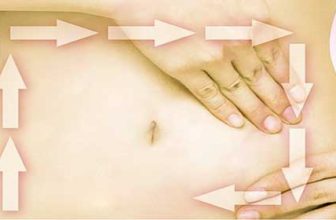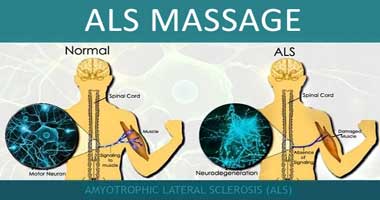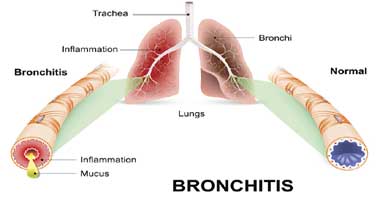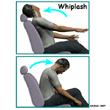
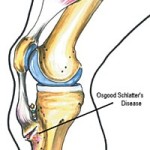 Osgood-Schlatter’s Disease is a painful swelling of the bump (anterior tibial tubercle) on the upper part of the shinbone, just below the knee. (Partial avulsion of the tibial tubercle).
Osgood-Schlatter’s Disease is a painful swelling of the bump (anterior tibial tubercle) on the upper part of the shinbone, just below the knee. (Partial avulsion of the tibial tubercle).
In children, the tibial tubercle demonstrates one or more centres of ossification towards the end of the growth period. At this stage, it is most vulnerable to the effects of repeated forceful traction throught the patellar tendon, often resultant from repeated ( or one-time severe) flexion/extension of the knee joint while having ashort and tight quadriceps muscle group. Partial avulsion of the growing tibial tubercle, with subsequent avascular necrosis of the avulsed portion, is the likely etiology of this clinical disorder.
Osgood Schlatter’s Disease Massage:
Clinical Features
- Local pain, aggravated by kneeling on the tibial tubercle, and by running is typical clinical manifestation.
- Swelling in the area of the tibial tubercle with a prominence that is tender to the touch is also noted.
- It is a self limiting disorder with complete ossification of the tibial tubercle in about 2 years. The aim of treatment is to prevent further irritation during the healing phase. The condition tends to respond well to the application of electrical current ( stimulates osteoblast activity), and to appropriate stretching activity for the affected quads.
- Possible complication arises with the non-union of the remainder of the tibial tuberosity to the tibia, resulting in persistent mobility of this segment. This is a constant source of local pain and tenderness.
Osgood Schlatter’s Disease Massage
Massage Treatment:
- Massage Goals: Increase Circulation in the legs
- General treatment to the anterior legs especially the quadriceps muscle, ITB, also gluteal muscle (consent), also lower legs (gastrocnemius, soleus)
- passive stretching of the quads, ITB osgood schlatter massage
